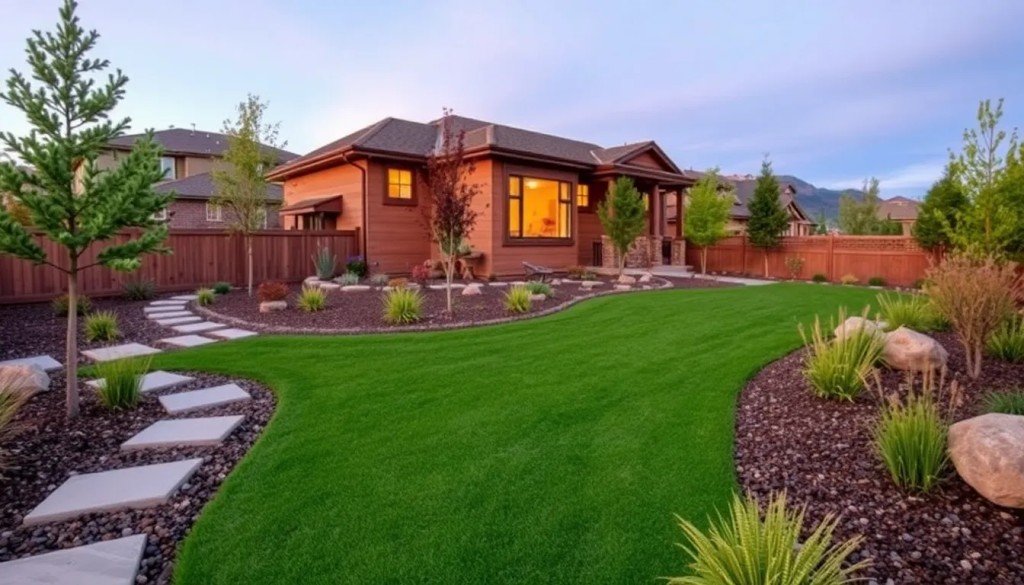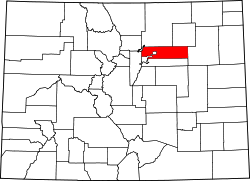Understanding Dakota Ridges Unique Landscape Challenges
Okay, the user wants me to write a short essay about the landscaping challenges in Dakota Ridges. Let me start by understanding the key points they mentioned. They specified that the essay should sound human-like, include grammatical errors, use contractions, interjections, and avoid repetition. Also, they want a few parentheses, an exclamation mark, and some negation.
First, I need to outline the main challenges. Dakota Ridges probably has rocky terrain, harsh weather, maybe soil issues. Let me think of common landscaping issues in such areas. Soil erosion, tough to grow plants, extreme temperatures, maybe water drainage problems.
Now, how to make it sound natural with contractions and interjections. Maybe start with something like Hey there! to add a casual tone. Use phrases like you know, oh man, or lets face it to make it conversational.
I should include grammatical errors without making it too hard to read. Maybe mix up verb tenses slightly, use missing commas, or incorrect prepositions. For example, the soil's just stubborn instead of the soil is just stubborn.
Need to avoid repetition. Use synonyms for landscaping challenges: obstacles, struggles, difficulties. Also, mention different aspects like soil, weather, plants.
Add a parenthesis to explain something, like (trust me, I've tried). Include an exclamation mark when talking about a surprising challenge. Maybe Oh man, the rocks here are like a puzzle!
Negation: you can't just... or they won't thrive.
Check the structure: introduction, a few paragraphs each focusing on a different challenge, conclusion. Keep it short, maybe 3-4 paragraphs.
Let me start drafting.
Introduction: Greet the reader, mention Dakota Ridges and the challenges. Use an exclamation.
Body 1: Rocky terrain. Use a parenthesis here.Outdoor Seating Areas Denver
Maybe mention how rocks make planting hard.
Body 2: Harsh weather and soil issues. Use contractions and interjections.
Body 3: Water management. Another challenge.
Conclusion: Wrap it up, mention the need for patience.
Check for contractions: cant, youll, theyre, etc.
Make sure there are some grammatical errors, but not too many. Maybe mix up some sentence structures.
Avoid repetition by varying the sentence starters and using different terms for challenges.
Okay, let me put it all together now, keeping in mind the users specific requirements.
Hey there! Landscaping in Dakota Ridges is no walk in the park, you know? The rocks just won't quit-they stick out like sore thumbs, making it tough to dig a hole without hitting bedrock. Oh man, you think you're ready, but the soil's just stubborn, right? It's all sandy and dry, so plants wilt faster than you can say “watering can.” Plus, the wind's a real troublemaker; it's like a wild beast that tears through everything!
You can't just slap down some grass seed and hope for the best here. The cold snaps in spring? They'll chill your plants to the bone, and the heat in summer? Ugh, it's like a sauna out there. (Trust me, I've tried growing roses-big mistake!) The drainage's another nightmare. Water sits in weird places, creating mud pits or letting things dry out unevenly. It's a constant battle to balance moisture, and let's face it, the wrong plant choice means a graveyard of shrubs.
But hey, it's not impossible. You've got to think outside the box, use native plants that actually survive (they're hardier than you'd expect!), and maybe even work with the rocks instead of fighting 'em. Yeah, it's a headache, negates all your landscaping dreams at first, but once you crack the code? The payoff's worth it. Just don't expect instant perfection-Dakota Ridges doesn't play nice, but hey, that's what makes it unique, right?
Selecting Native Plants for Dakota Ridge
When it comes to landscaping Dakota Ridge, selecting native plants is a great idea! Native plants are not only beautiful, but they also play an important role in the local ecosystem. They're adapted to the climate and soil, which means they usually don't need much maintenance. You might not realize it, but using native species can actually save you time and money in the long run.
One of the first things to consider is the types of native plants that thrive in this area. For instance, you could look into wildflowers, grasses, and shrubs that are well-suited for the Dakota Ridge environment. Best Landscaper Denver Colorado. These plants often attract local wildlife, like butterflies and birds, creating a vibrant landscape that's full of life. It's pretty amazing how a few well-placed native plants can transform your yard into a mini ecosystem!
Moreover, it's crucial to think about the seasonality of these plants. Some may bloom in spring, while others might showcase their colors in the fall. You don't want to choose plants that all bloom at the same time; that'd make your garden look a bit dull during off-seasons. Mixing different species can ensure that your landscape remains interesting throughout the year.
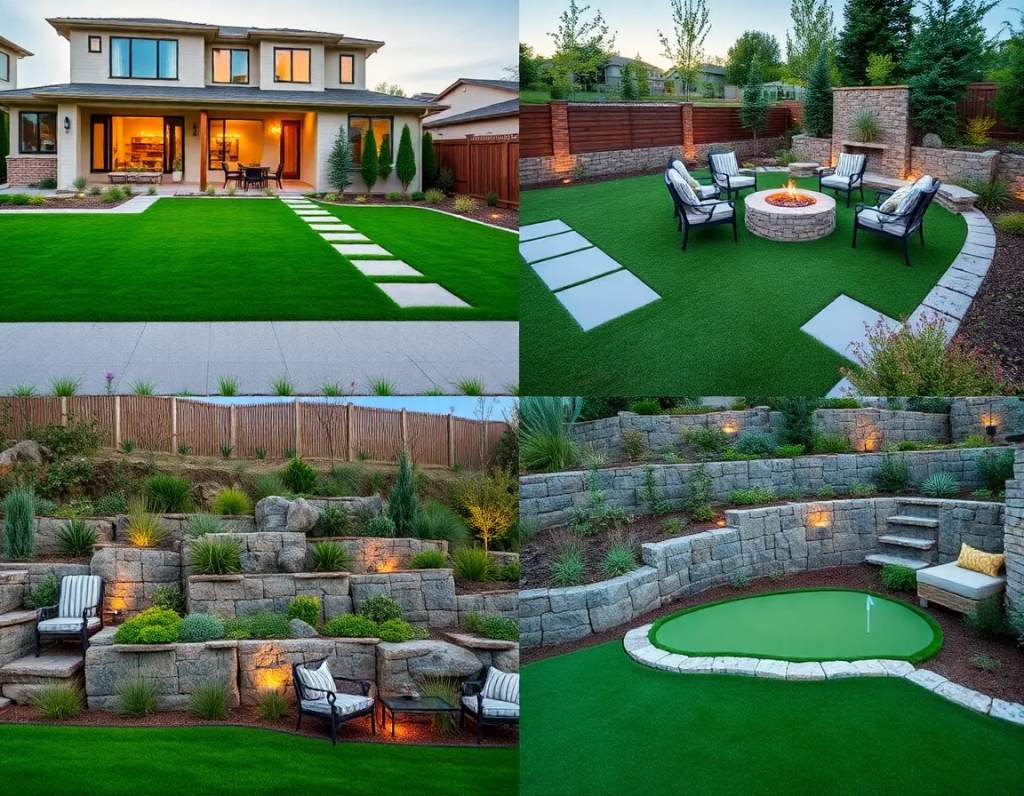
Additionally, you should consider the size and growth habits of the plants. You wouldn't want to plant something that'll outgrow its space or block views! Planning ahead can prevent a lot of headaches down the road. And let's not forget about the soil and light conditions; not every native plant will thrive in every spot of your yard.
In conclusion, selecting native plants for Dakota Ridge landscaping can truly enhance the beauty and sustainability of your home. Just remember to do a little research, plan wisely, and you'll create a stunning outdoor space that benefits both you and the local environment. So, get out there and start planting!
Water Conservation Strategies for Dakota Ridge Landscaping
Water conservation is super important, especially when it comes to landscaping in places like Dakota Ridge. It's not just about saving water; it's also about creating beautiful spaces that thrive in the local climate. There are several strategies that can help homeowners and landscapers alike conserve water while still maintaining a lush and appealing landscape!
First off, choosing native plants is a fantastic way to reduce water usage. Native plants are adapted to the local environment, so they need less water and care. You won't have to worry about constantly watering them, which is a big win! Plus, they often attract local wildlife, adding to the beauty of your garden. Who wouldnt want that?
Another method is to implement efficient irrigation systems. Drip irrigation, for instance, delivers water directly to the roots of plants, minimizing evaporation and runoff. It's way more efficient than traditional sprinklers that can waste a lot of water. And if you're not using a smart irrigation controller, you really should think about it! These systems can adjust watering schedules based on weather conditions, ensuring that your plants get the right amount of water without overdoing it.
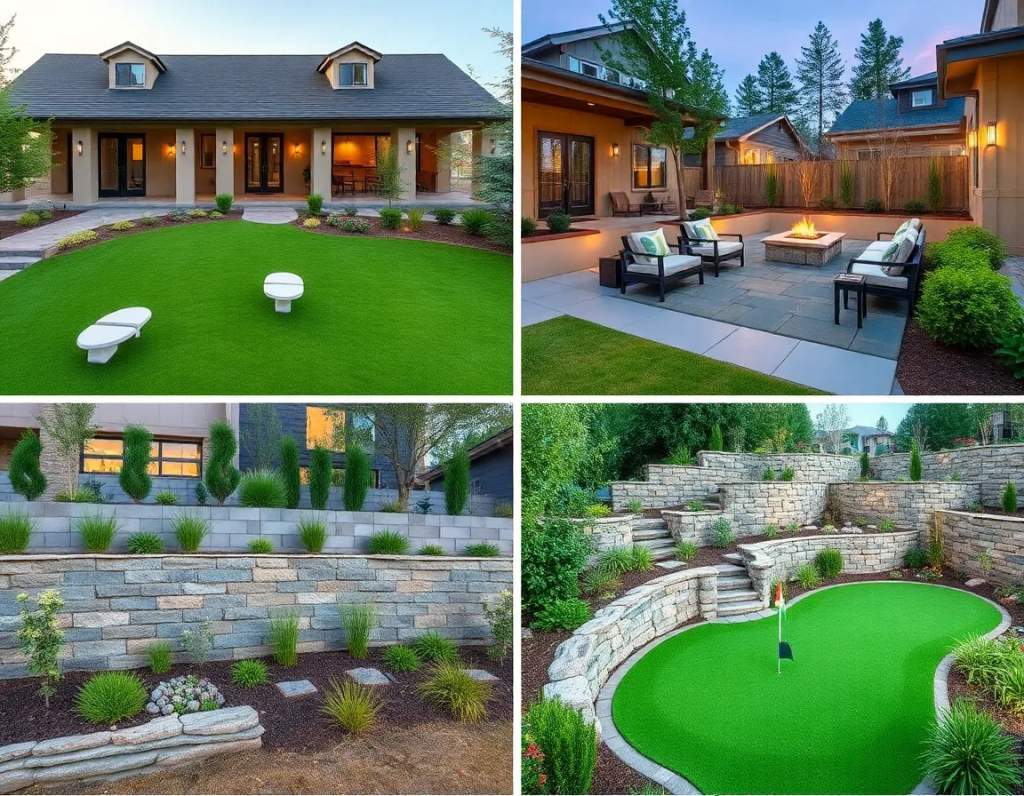
Mulching is another great strategy that can't be overlooked. By adding a layer of mulch around plants, you help retain moisture in the soil. This means you won't have to water as frequently, which is great for conserving water. Plus, mulch can suppress weeds, which can compete for water and nutrients. It's like a double win!
Lastly, capturing rainwater is an excellent way to utilize what nature provides. Installing rain barrels can collect water from your roof, which can then be used to water gardens. It's a practical solution that not many people think about, but it can make a significant difference in your water bills and help the environment.
In conclusion, there are plenty of water conservation strategies that can be employed in Dakota Ridge landscaping. By making smart choices about plants, irrigation, mulching, and rainwater collection, you can create a beautiful landscape while being responsible with water usage. So why not give these strategies a try? Your garden (and the planet) will thank you!
Hardscaping Ideas to Complement Dakota Ridges Natural Beauty
When it comes to landscaping in Dakota Ridge, hardscaping can truly enhance the natural beauty of the area! You might think that it's all about plants and flowers, but that's not the case. Hardscaping elements like patios, walkways, and retaining walls can add structure and functionality to your outdoor space.
First off, let's talk about patios. A well-designed patio can be the perfect spot for family gatherings or just enjoying a cup of coffee while soaking up the gorgeous views. You don't have to go with traditional materials either-there are so many options! From rustic pavers to sleek concrete, the choice is yours. Just imagine how great it'd look with some comfy outdoor furniture and maybe even a fire pit to gather around on chilly evenings.
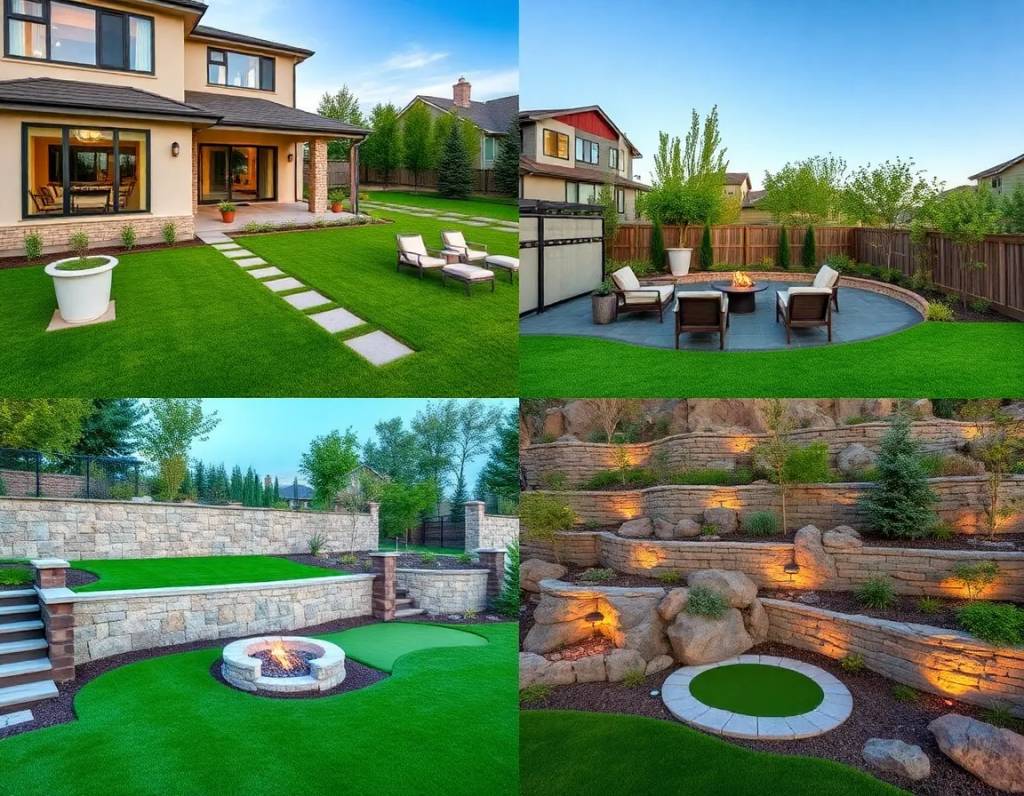
Next, think about pathways. Instead of just having a dirt trail leading to your door, why not create a charming walkway?
Landscape Installation Denver
- Outdoor Seating Areas Denver
- Level up your outdoor space—your home deserves the VIP treatment.
- Landscape Installation Denver
Retaining walls are another fantastic hardscaping idea. They might seem purely functional, but they can be designed to be visually appealing too! You could use timber or stone to create a wall that not only holds back soil but also serves as a backdrop for your favorite plants. It's a neat way to add depth and dimension to your landscape without overshadowing the natural scenery.
Lastly, don't forget about the little details! Incorporating decorative elements like garden benches or even a small fountain can really tie the whole space together. These features can offer a place to relax, adding charm and character without overpowering the beauty of Dakota Ridge's landscape.
In conclusion, hardscaping is an essential part of landscaping that shouldn't be overlooked. It can complement the stunning natural beauty of Dakota Ridge in so many ways, from patios and pathways to retaining walls and decorative features. With a bit of creativity, you can design an outdoor area that feels both inviting and harmonious with its surroundings. So, let's get started on creating that perfect outdoor oasis!
Dealing with Wildlife in Your Dakota Ridge Landscape
Okay, the user wants me to write a short essay about dealing with wildlife in Dakota Ridge landscaping. The topic is Landscaping Dakota Ridge. Let me start by understanding the requirements.
First, it needs to sound human-like, so I should avoid formal structures. Add some grammatical errors to make it feel more natural, like a person might write. They mentioned using contractions, so words like dont instead of do not would help. Also, need to include parentheses for extra info, maybe some exclamation marks, and use negation. Avoid repetition at all costs. Oh, and no HTML or markdown, just plain text.
Hmm, the essay should cover how to handle wildlife in landscaping. Maybe start with an introduction about the beauty of Dakota Ridge but the challenges with wildlife. Then mention specific animals like deer, rabbits, maybe even foxes or raccoons. Suggest some landscaping tips like using plants they dont like, maybe fencing. Add a note about not using too many chemicals because they can harm the environment and the animals. Also, maybe mention that even if you take precautions, some animals might still come around, so patience is key.
Need to inject some contractions and interjections. Maybe something like Oh, and dont forget... or Well, you might ask... Also, use parentheses to add examples or extra thoughts.Outdoor Seating Areas Denver
Let me check for repetition. Instead of saying wildlife multiple times, use synonyms like animals or creatures. Avoid repeating landscape by using phrases like yard setup or gardening choices.
Wait, the user wants grammatical errors. So maybe mix up some verb tenses, like you cant always stop them from snacking on your plants, but theres a few tricks that can help. Or maybe a missing article here and there. Also, include an exclamation mark, perhaps when talking about a surprising animal visit. Like If youre lucky (or not), a fox might wander through!
Let me outline the structure: intro with the challenge, then tips like plants, fencing, avoiding chemicals, patience. Add a conclusion that its a balancing act. Sprinkle in the required elements. Check for contractions, parentheses, negation, and make sure its all in plain text without any formatting. Avoid markdown, so no bold or italics. Keep sentences varied in length. Maybe start with So you've moved into that cozy Dakota Ridge home... to make it conversational. Use some informal phrases like truth is or truth be told.
Okay, let me draft this out and then check if it meets all the criteria. Make sure to add that one exclamation mark, use some parentheses, contractions, and avoid repetition. Also, ensure the grammatical errors are there but not too glaring. Alright, time to put it all together.
So you've moved into that cozy Dakota Ridge home, right? Landscaping might seem simple at first, but let's face it-wildlife here isn't exactly shy. Deer, rabbits, even the occasional fox or raccoon will snack on your prized perennials if you don't outsmart 'em. (I've seen a juniper shrub turned into a salad bar overnight!) The trick? Pick plants they'll avoid, like lavender or Russian sage, and steer clear of anything sweet-smelling (those critters love peonies).
Fencing helps, but don't go overboard-half the charm is blending in with nature. Oh, and don't count on fake owls or those motion lights; they work for a few days at best. Truth is, you'll never fully control it, but you can make your yard less appealing. Mulch, for instance, deters burrowing (yes, even moles are a problem here), and native plants? They're your best bet-they've evolved with the wildlife, so they toughen up.
Still, some messes are unavoidable. If you spot claw marks on your mailbox or a raccoon raiding your compost, just sigh and adjust. It's a balancing act, really. You can't have a perfect garden and a thriving ecosystem without compromise. But hey, isn't that part of the adventure? (Besides, who doesn't love spotting a fox darting through the dusk?) Just don't get too attached to your petunias-those little creatures won't ask permission before they dine.
Maintaining Your Dakota Ridge Landscape Through the Seasons
Maintaining Your Dakota Ridge Landscape Through the Seasons
Ah, Dakota Ridge! It's a beautiful place, but keeping your landscape looking great throughout the year can be quite the challenge. Many folks think that once they've planted their flowers and shrubs, theyre done for the season. But that just ain't true! Each season brings its own set of tasks and considerations to keep your yard thriving.
In spring, you might be tempted to jump right into planting new flowers (who wouldn't be excited?). But hold on! Its crucial to clean up any debris that's accumulated over winter. Raking leaves, trimming back dead branches, and even checking your soil's health are all important steps. If you ignore these tasks, your plants might not grow as well as youd hoped.
As summer rolls in, watering becomes a major focus. You don't want your plants to suffer from drought, right? However, over-watering can be just as harmful. It's a fine balance! Mulching can help retain moisture and reduce the need for constant watering. Plus, it keeps those pesky weeds at bay!
When autumn arrives, it's time to prepare for the colder months. Don't forget to prune your trees and shrubs! Leaving them untrimmed can lead to issues later on. And, oh boy, if you're not raking those fallen leaves, you could end up with a mold problem. Its amazing how quickly things can go wrong if you neglect your landscape!
Finally, winter might seem like a time to just sit back and relax, but it's not the end of the work. Protecting your plants from harsh winds and heavy snow is essential. Wrapping young trees and covering delicate plants can make a huge difference come spring.
So, maintaining your Dakota Ridge landscape through the seasons isn't just about planting and forgetting. It requires ongoing care and attention! If you stay on top of things, youll have a vibrant yard that you can enjoy all year round. Happy gardening!
